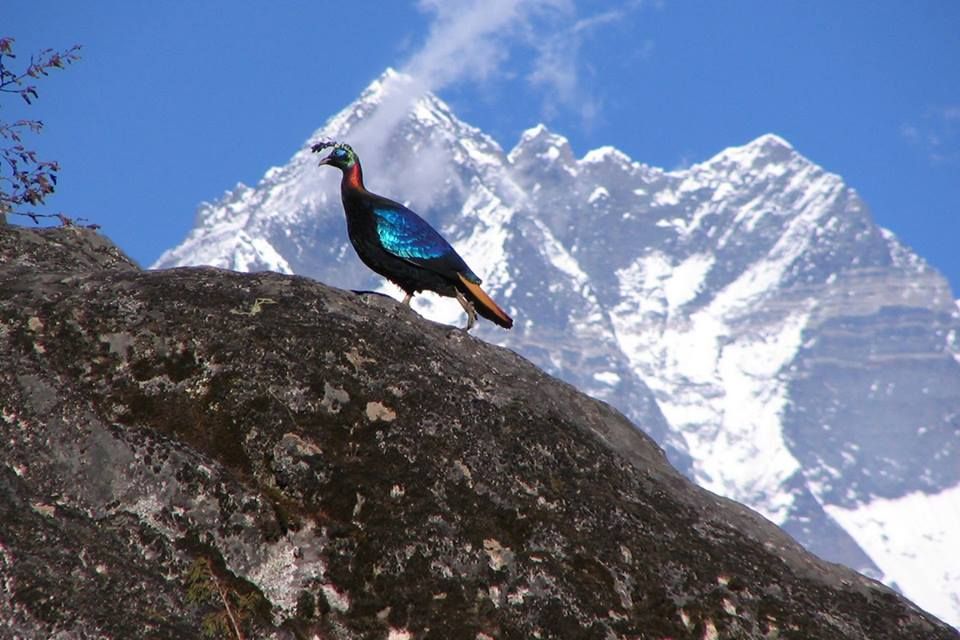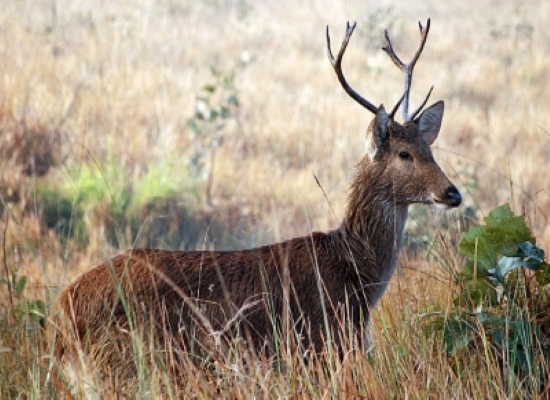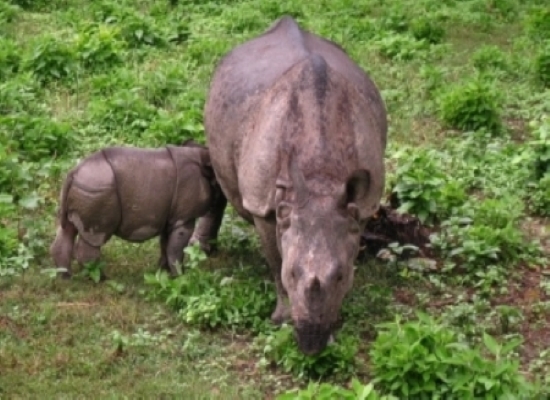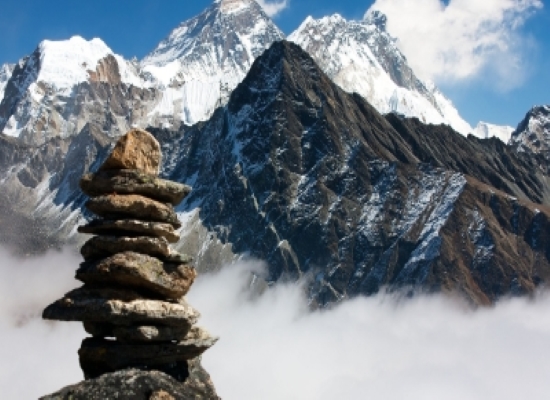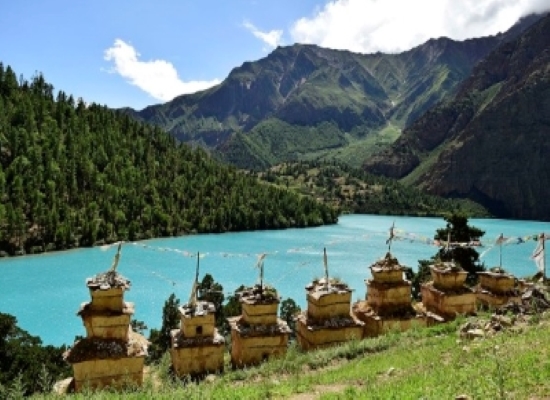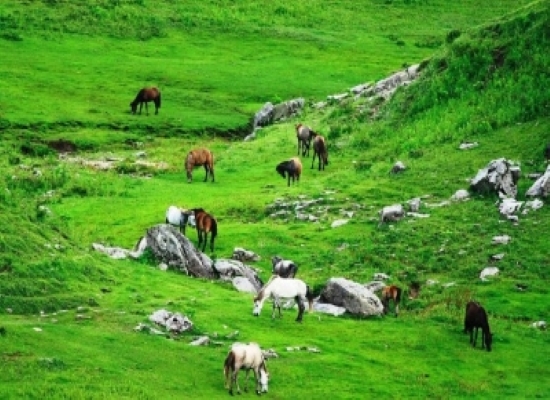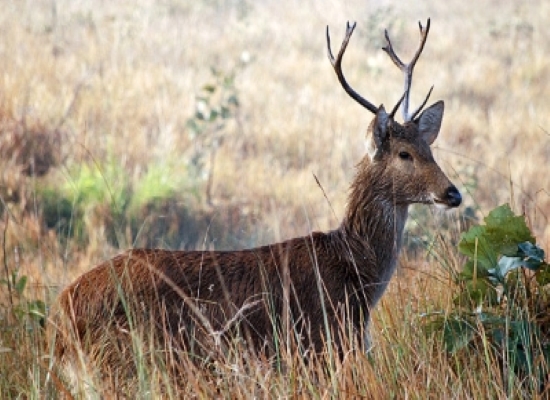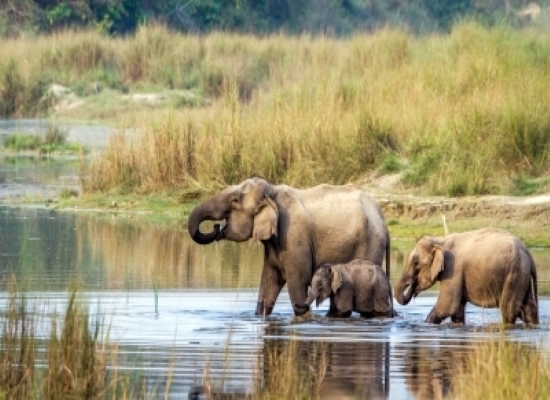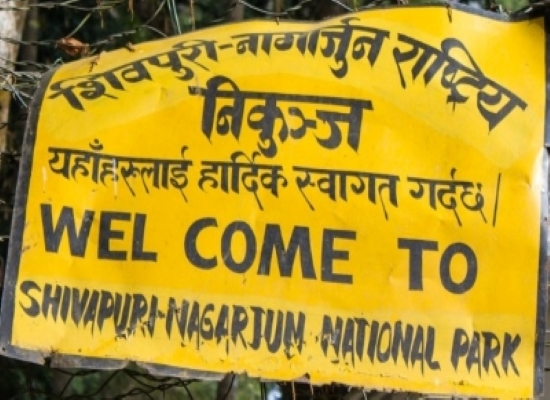Welcome to National Parks of Nepal.
Government of Nepal has established a network of 20 Protected Areas since 1973 consisting of 12 National Parks. Chitwan National Park is the first national parks of Nepal and Shey-phoksundo National Park is the largest among them. There are 10 national Parks before promotion of Parsa and Shuklaphanta Wildlife Reserves. They are Chitwan National Park, Banke national Park, Bardiya Nationl Park, Lantang National Park, Sagarmatha National Park, Shey-phoksundo NationalPark, Rara National Park, Makalu-Barun National Park, Shivapuri-Nagarjun National Park, Khaptad National Park. According to area Rara National Park is the smallest national park of Nepal.In 2017 the Shuklaphanta and Parsa Wildlife Reserves were upgraded to National Park.
